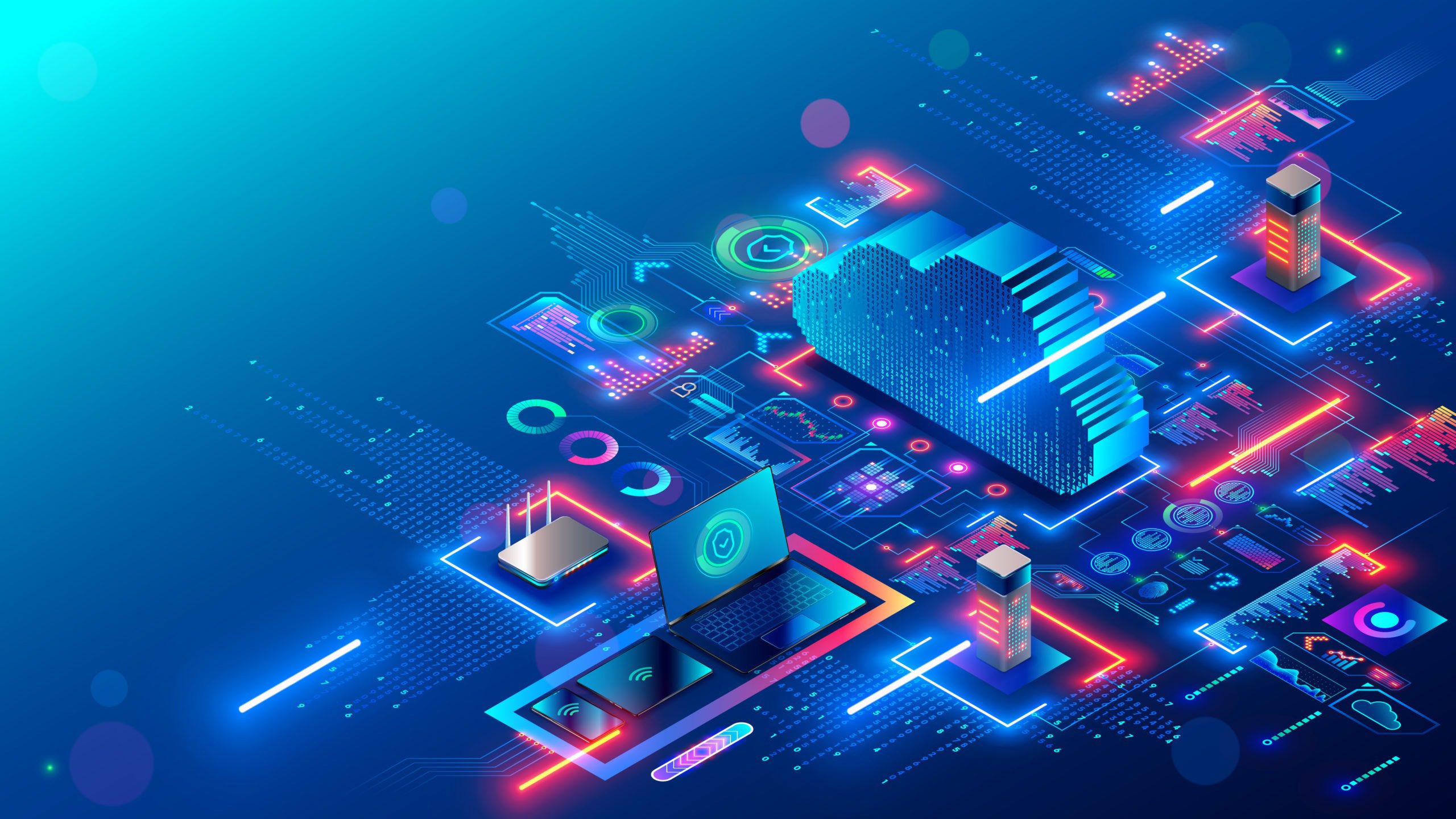Machine vision is revolutionizing the world of industrial automation and manufacturing. By combining artificial intelligence, cameras, and advanced computing, this technological marvel is enabling machines to see, process, and interpret information from their environment in real time. Armed with access to this invaluable data, businesses are now leaping into the future with increased efficiency, accuracy, and cost reductions. Let’s explore some of the key applications of machine vision in industrial automation, and unveil the exciting advancements that are transforming the sector.

Automated Inspection
Accuracy, speed, and objectivity are crucial in any inspection process. With the help of machine vision, businesses can now automate this task, significantly reducing human error and time. High-resolution cameras and advanced algorithms inspect products and materials for defects, ensuring heightened quality standards. From examining intricate electronics to reviewing large metal components, automated inspections are propelling industries forward.
Robotic Guidance
Efficient and precise robotic movement is key in today’s fast-paced production lines. Machine vision technology helps guide robots to perform tasks accurately and consistently. Cameras capture and transmit visual data to the robotic system, providing critical information about the position and orientation of objects. This allows robots to perform complex tasks, increase precision, and minimize wastage in various industrial applications, such as assembly, welding, and even delicate operations like fruit harvesting.
Increased Productivity
By automating previously manual tasks, machine vision systems frequently result in significant productivity gains. Faster inspection times and higher accuracy lead to a more efficient production process with less downtime. Furthermore, this technology creates new opportunities for employee development and education by freeing up their time to work on other tasks, leading to increased job satisfaction and the growth of specialized skills.
Using software like Position Control can help organize a workforce by position rather than by employee, which enables for better visibility and budgeting. This tool enables you to compare budgeted versus actual costs and can help prevent common problems like over-hiring. This position-first system can help your organization stay on top of its workforce and its costs by providing a stable and reliable view of the entire workforce.
Optical Character Recognition & Verification
In the age of big data, understanding and managing printed or embossed information has become more challenging. Machine vision simplifies this task through optical character recognition (OCR) and verification (OCV). These techniques enable machines to read and interpret characters on labels, barcodes, or even directly from the manufacturing parts. OCR and OCV help ensure correct labeling, traceability, and quality control in industries like pharmaceuticals, automotive, and food and beverages.
Improved Safety
The integration of machine vision in industrial automation enhances workplace safety. Robots guided by machine vision systems can take over physically demanding, dangerous, or repetitive tasks, limiting the risk of injury to human workers. This not only provides a more secure work environment but reduces costs associated with accidents, insurance, and downtime caused by injuries.
3D Vision
As machine vision advances, it is breaking free from the boundaries of traditional 2D imaging. Integrating 3D vision technology allows businesses to capture depth, volume, and profile information about an object. The data collected can be used for tasks that require precise measurements, such as object alignment, surface inspection of circuit boards, or even food portioning and grading. With 3D machine vision, industries can achieve an unprecedented level of accuracy and analysis.
Adaptive Learning
One of the most exciting aspects of machine vision is its ability to learn from experience. While it’s important for systems to be programmed with specific parameters, such as identifying defects or reading labels, it’s even more fascinating when they can adapt and improve their performance over time. Utilizing artificial intelligence and machine learning techniques, machine vision systems can now fine-tune their processes, recognize patterns, and anticipate potential issues, boosting their efficiency and value in industrial automation.
Non-Destructive Testing
Preserving the integrity of products during inspection is essential for many manufacturers. Machine vision technology allows non-destructive testing (NDT), thoroughly examining components without causing any damage or impact on their functionality. Industries such as aerospace, automotive, and electronics can significantly benefit from NDT, as they often require highly accurate inspections for safety and performance purposes without compromising the integrity of the components.
Customization and Flexibility
With the development of artificial intelligence, machine vision systems are becoming more adaptable and capable of meeting the unique needs of various industries. Businesses can tailor the technology to address specific operational challenges, creating a highly customized solution for their manufacturing process. This flexibility allows industries to respond effectively to changing market demands, ensuring they remain at the forefront of innovation and progress.
Conclusion
The cutting-edge innovations in machine vision are opening a new chapter of possibilities in the world of industrial automation. From automating inspections to guiding robots and performing complex 3D analyses, industries are reaping the advantages of these impressive breakthroughs. The constant push for better efficiency, accuracy, and adaptability will certainly continue to refine this transformative technology, making it a staple in the ever-advancing field of automation.








